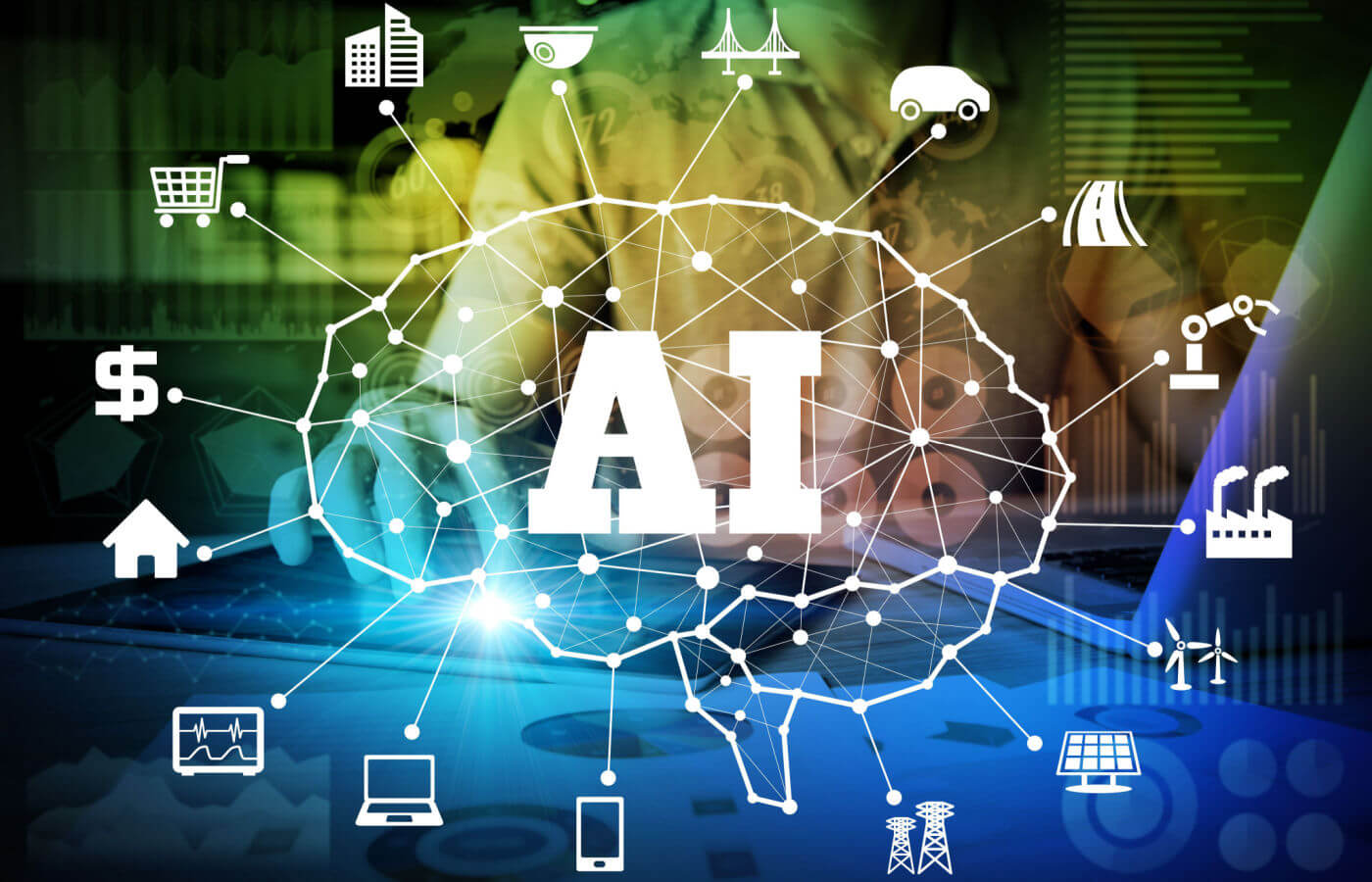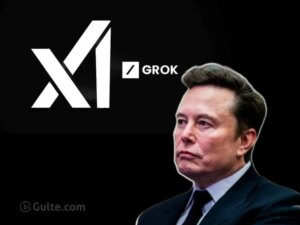Grok AI Faces EU Investigation for Possible GDPR Violations: Key Information to Understand

Understanding Grok AI’s GDPR Investigation in the EU
Introduction to Grok AI
Grok AI, a significant player in the artificial intelligence sector, has recently attracted attention due to an investigation by the European Union (EU). This inquiry focuses on potential violations of the General Data Protection Regulation (GDPR). As awareness of data privacy issues increases, understanding the implications of this investigation becomes essential.
What is GDPR?
GDPR is a comprehensive data protection law in the EU that came into effect in May 2018. Its primary goal is to enhance individuals’ control over their personal data and to simplify the regulatory environment for international business. Key points of GDPR include:
- Consent Requirement: Organizations must obtain clear and explicit consent from users to process their personal data.
- Right to Access: Individuals have the right to request access to their data and receive information on how it is used.
- Right to Erasure: Known as the "right to be forgotten," this allows individuals to request the deletion of their data under certain circumstances.
- Data Protection by Design: Organizations must incorporate data protection measures into their processing activities from the outset.
The Investigation: Key Details
The EU’s investigation into Grok AI centers around concerns that the company may not have complied with GDPR obligations. This scrutiny comes amid growing concerns regarding how AI systems handle personal data. The key areas under examination include:
- Data Processing Practices: How Grok AI collects, processes, and stores personal information.
- User Consent: Whether the company adequately secured consent from individuals before processing their data.
- Transparency: If Grok AI provides clear information to users about how their data is utilized.
Implications of GDPR Violations
Potential GDPR violations can lead to significant legal repercussions for Grok AI. If found non-compliant, the company could face:
- Fines: The EU can impose hefty fines, reaching up to 4% of a company’s annual global revenue.
- Legal Actions: Affected individuals may pursue legal actions against the company for misuse of their personal data.
- Reputational Damage: Ongoing investigations and reported violations can harm Grok AI’s reputation and trustworthiness among users.
What This Means for Users
For users of Grok AI services, this investigation has several implications:
- Increased Awareness: Users may become more cautious about how their data is being used and shared.
- Demand for Transparency: There may be a greater expectation for companies to be transparent about their data practices and to offer clear consent mechanisms.
- Enhanced Privacy Initiatives: This investigation could lead to consumers advocating for better privacy protections from technology companies.
The Path Forward
As the investigation unfolds, Grok AI may need to implement measures to align with GDPR requirements effectively. Potential actions could include:
- Improving Consent Mechanisms: Ensuring that users are fully informed and can opt-in clearly before data processing occurs.
- Regular Audits: Conducting regular audits of data processing activities to ensure compliance with GDPR guidelines.
- Engaging with Regulators: Actively collaborating with EU regulators to address concerns and enhance practices.
The Bigger Picture
The probe into Grok AI is part of a broader effort by EU lawmakers to hold tech companies accountable for data privacy standards. This ongoing scrutiny demonstrates the importance of responsible data handling. As technology advances, it becomes crucial for companies to prioritize user privacy and comply with data protection regulations.
In summary, the investigation into Grok AI serves as a reminder of the evolving landscape of data privacy and the importance of complying with regulations like GDPR. Users should remain informed about how their personal data is used and advocate for stronger protections in the digital landscape.






